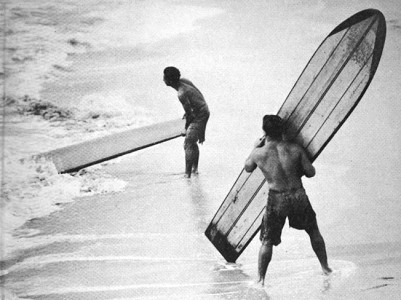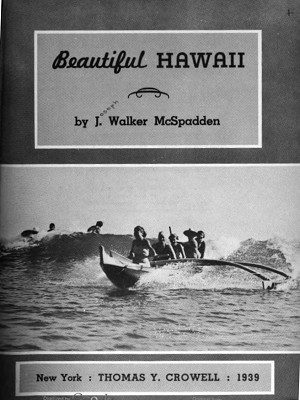
surfresearch.com.au
mcspadden : hawaiian surfing , 1939
mcspadden : hawaiian surfing , 1939
| home | catalogue | history | references | appendix |
 |
surfresearch.com.au
mcspadden : hawaiian surfing , 1939 |

 |
Beautiful Hawaii T. Y. Crowell, New York, 1939. Hathitrust http://hdl.handle.net/2027/wu.89073029548 |

| home | catalogue | history | references | appendix |